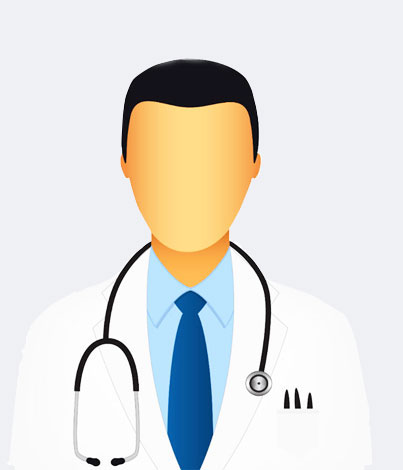ORAL CANCER SCREENING – SIGNS AND SYMPTOMS

ORAL CANCER SCREENING – SIGNS AND SYMPTOMS
According to the Centers for Disease Control and Prevention, there were 40,000 new cases of oral cancer diagnosed in United States. This cancer has a relatively high mortality rate and the 5-year survival rate is at about 59%, which is a little above half of the people diagnosed. In 2012, 9,000 of those 40,000 cases of oral cancer proved to be fatal. The best way to minimize the chances of a fatality is to detect the cancer early. If you visit a dentist at least twice a year, this shouldn’t be a problem. They’re trained to check for signs of oral cancer on every visit.
WHAT IS AN ORAL CANCER SCREENING?
An oral cancer screening is a test trained dentist will perform on their patients during every visit. They’ll carefully examine all areas of the mouth and look for any abnormalities. If they find something or suspect you might be at risk for oral cancer, they’ll investigate the matter further by testing your mouth for any abnormal cells. Dentists are more vigilant if the patient has been considered to have a high risk for oral cancer. Here’s a list of factors that can increase the likelihood of oral cancer:
Use of tobacco in the form of cigarettes, pipes, cigars, snuff, and chewing tobacco.
Heavy and regular consumption of alcohol.
Oral cancer diagnosis in the past.
Excessive sun exposure, which can lead to lip cancer.
You can reduce the chances of developing cancer if you adopt a healthier lifestyle and limit your use of tobacco and alcohol.
ORAL CANCER SYMPTOMS
Oral cancer doesn’t appear out of nowhere. There are several early signs and symptoms you can be on the lookout for. If you detect cancer early, you might be able to limit the damage by getting treatment early as well. Here are some signs and symptoms for you to consider:
Unusual sores and lumps in your mouth or throat.
The sensation of an object being stuck in your throat.
Red and white lesions in your lips, inner cheeks, and other areas of your mouth.
Numbness or pain in your mouth and tongue.
Trouble with regular oral movements like speaking, swallowing, chewing, etc.
These are just some of the many symptoms of oral cancer. If you experience these, you should visit your dentist today and look at your treatment options.
SELF SCREENING
The Face – Look for any signs of swelling, asymmetry, discoloration, etc, on your face, especially around the mouth.
The Lips – Examine the lips for any signs of lesions, ulcers, and sores. Look for abnormalities in color, shape, and size as well.
Buccal Mucosa – This is the inside of your cheeks. Pull your cheek and examine the exposed space carefully. You might have little white marks from teeth bites so ignore them and focus on other abnormalities.
Tongue – Check the tongue for sores, ulcers, and lesions as well. Hold your tongue with your fingers and examine all corners of it thoroughly.
Floor and Roof of the Mouth – Lift your tongue up and examine the area underneath it carefully. Pull the tongue down to examine the roof of the mouth for signs of abnormalities.
Tonsils – Open your mouth wide and say “ahh” to get a clear sight of the tonsils. You can also press down on your tongue to get a clearer view of the tonsils.
This is one of the reasons why we encourage regular dentist visits. Dentists are always on a look out for early signs of cancer and will notice when they manifest immediately. Of course, it doesn’t hurt to ask them to check once again and thoroughly. When it comes to oral cancer, it’s better to be safe than sorry.
Office Hours
MON7:00 am - 4:00 pm
TUE7:00 am - 4:00 pm
WED7:00 am - 4:00 pm
THU7:00 am - 3:00 pm
FRIClosed
SATClosed
SUNClosed




















comments